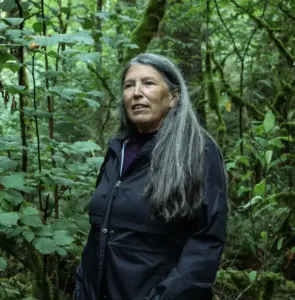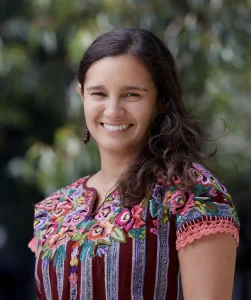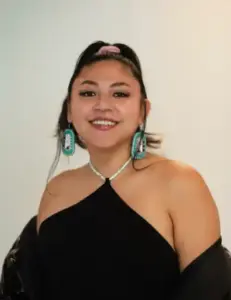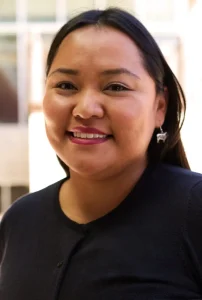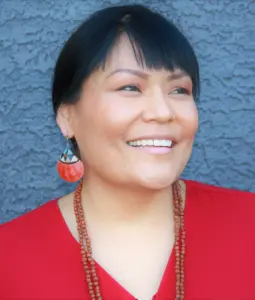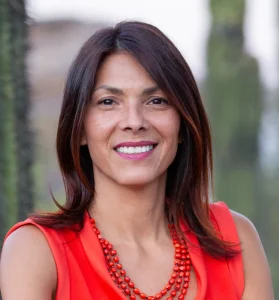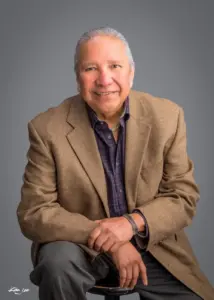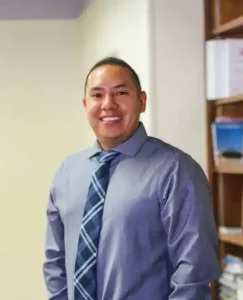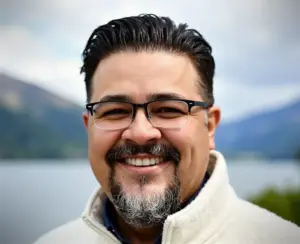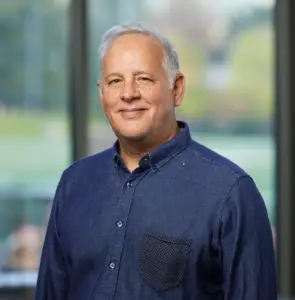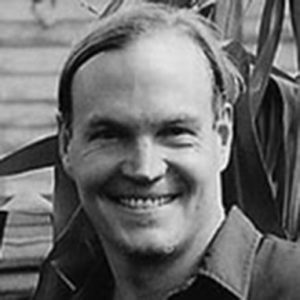Join the Discussions
The Public Interest Design Institute is pleased to invite you to participate in a discussion through a one-day (or half-day) online session on “A Place to Call Home: Indigenous Design and Planning” led by Indigenous Leaders and Practitioners.
Indigeneity: A Relational Worldview
Respect; Take Only what you Need; Slow Change is Long Change; Give Back for what you Take; Work and Learn from Nature; Collaboration; Thankfulness (Ecological focus) – Intergenerationally, Longevity for communities. Traditional knowledge plays a vital role in strengthening the identity and ensuring the longevity of indigenous communities around the world. It serves as a foundation for cultural practices, languages, and livelihoods, and its transmission across generations is crucial for preserving heritage, ceremonies and lifeways. This topic is crucial to understandcing the foundational aspects of what ultimately informs values, vision and realization when planning and designing with and for Indigenous People and Place.
Speakers
Storytelling - Diversities in Language & the Art of Cultural Memory
From North America on out into the world, there are many stories and histories of the Indigenous. Stories of resistance, existence, preservation, resilience and revitalization are told and shared. At the heart of these stories are the meanings embedded in Indigenous languages and the cultural cues they carry. In turn, these inform how communities and clients interact with homelands and keep culture intact and alive for future generations. In many ways, this speaks to the evolution of “worldview” inside the Indigenous collective conscious. Participants will hear from master story tellers and wisdom keepers.
Speakers
Many Spirits - Unique Conversations within Indigenous Communities
Two-Spirit is a broad-reaching term referring to Indigenous people who identify outside the gender binary or as LGBTQ+. It signifies a historical and ongoing recognition of gender and sexual diversity within Indigenous communities, often embodying both masculine and feminine qualities and transcending traditional gender roles. This concept has significant implications for place making, as Two-Spirit individuals play vital roles in their communities, contributing to cultural practices, knowledge, and the preservation of Indigenous traditions. Participants will discover the impacts and opportunities that come from considerations of this conversation.
Speakers
Homelands - Acknowledgment to Stewardship to Action
To be Indigenous is to have deep and meaningful connection to the land. Indigenous values lead land use planning for land tenure concerns and land nomenclature for navigating land consolidation, purchasing plans, as well as concerns related to undivided interest and fractionated land. This impacts how systems of agriculture and economy are implemented. Additonally, more recent efforts to acknowledge aborignal homelands by dominant societies have brought new awareness and focus. Explorations of the Landback movement and the return of federally held lands will also be touched on. Participants will also hear about the “Te Arunga Design Principles” enacted in Auckland, NZ via Maori activist-architects and learn more about Canada’s new requirements for First Nation architect involvement on all projects.
Speakers
Know your place - Everyday Acts of Community-Making & Place-Keeping
The last 500+ years of colonization and imperialism have left a mark on Indigenous communities around the world. This includes how policies and programs have shaped, for better or worse, the ability of local citizens and governments representing Indigenous populations to provide for and/or govern their own affairs. Sometimes it is reaching the understandings that we do not have to wait for the “experts” to help us, but that the true power to effect positive change lies within. Participants will be empowered to consider their everyday lives as strategies to make our communities better as safer, healthier and more thriving places to live, learn, work, pray and play. This topic is inspired by the book :Spiral to the Stars” by Dr. Laura Harjo as well as the works on various Native American non-profits and ceremonial communities.
Speakers
Reclaiming the Urban Forest for Food, Medicine and Ceremony.
A look at the rich tapesty of social, cultural, environmental and economic systems often needed in Urban Areas to sustain the Indigenous Populations that reside in larger cities and towns, mostly outside the boundaries of aborignal homelands or reservations. Careful attention must be given to the health, safety and welfare of Indigenous peoples – especially for women, chiildren and other vulnerable groups. Also, it how do those in planning and design go about organizing given the broad range of aspects in professional practice that aim to protect the physical, emotional, and social well-being of individuals affected by buildings and sites? Highlights may include a look at change campaigns, such as those related to overcriminalization of Indigenous children in the school systems and disrupting school to prison pipeline.. How can power analyses be carried out to advocate for desired actions and build an responsive environment? Particpants will find examples of appropriate project responses for making Urban Indigenous communities a healing and helpful haven for those who chose this path.
Speakers
Culturally Responsive - Incubating Ideas to Reality
Culturally responsive planning and design is becoming more well-known and sought-after, but how do communities, clients, pracitioners, and specialists all play a role in ensuring that traditions and culture “show up” on projects involving the Indigenous? What are ways that Indigenous culture, language and lifeways can be centered in the lead-up to hiring professionals? How can we avoid the “pre-engineered metal building” effect? What roles do public, private and philanthropic entities play? How important is the story of People and Place in the development of projects? Particpants will get an broad overview ot the landscape of stakeholders, allies, organizations, and frameworks that often are necessary for projects to come to life.
Speakers
Leading with Confidence - Who is Doing the Lifting
What is the day-to-day effort needed to promote, practice and further Indigenous planning and design? Who are the people on the frontlines, working everyday to lead the conversation and expand the practice as a whole? Where do they come from and where do they operate? From tribal elected officials to program directors, to Native non-profits and grassroots organizations, to the Indigenous practitioners who hold the community conversations and are developing theoretical as well as practical frameworks – there are many players on the field. Participants will learn more about who these people are and why they make a difference. This conversation will build upon previous conversations had on Dr. Ted Jojola’s Place-Knowing podcast found on all major platforms.
Speakers
Procurement Acrobatics - The Power of Preference & Purpose
What happens before and after a project gets funded? Too often there is a wide gap between the requirements of various funding sources, and the specific language that must go into requests for proposals (RFPs) and requests for qualifications (RFQs) that are result from receiving awards to plan and build. Many times those in the planning and design professions find themselves lacking information or dealing with clients who were acting on limited knowledge while building out expectations for scope, schedule and quality. Sometimes this can be very frustrating – on both sides of the Client / Owner and the responding planning and design professionals. This can also lead to the less-than helpful interjections of outside handlers or self-proclaimed Owners’ Reps, who come with their own agenda and opinions. Particpants will be engaged on ideas on how to navigate this better. The process of procurement and Indian preference will be looked at in authentic, meaningful ways that encourages deeper levels of Indigenous authenticity in planning and design.
Speakers
Everything is Interrelated
Learning that everything is Interrelated as a Designer. Key elements are: Learning to Apply a Relational Worldview Based on Cultural Values of those you Serve; Using locally sourced natural materials in ways that build on cultural values ; Discovering Country; The importance of recognizing the four directions, while Honoring Water, Earth, Light, Air, Seasons, and the other species on the Land on which you will build.
Speakers
Introduction: Indigenous Public Interest Design & I-SEED
The Public Interest Design Institute of Design Corps is facilitating an ongoing dialogue developed and led by Indigenous leaders, academics, and design practitioners. This forum poses this key question, while also challenging ideas and understandings about what it means to be Indigenous in terms of the past, present and future in regards to planning and design. This was sparked by a new field of practice that has emerged where designers are collaborating with local communities to harness the benefits of planning and design. It is called Public Interest Design (PID). This field is akin to Public Health in that it addresses intensely local challenges as well as global social, economic and environmental design (SEED) issues. This field is like Public Interest Law in that it provides services to all the public, not just the wealthy and powerful. Particpants will learn the core tenets and principles of PID as it relates to Indigenous Peoples through an I-SEED Evaluator filtered though these values and principles.


